USA Perched getting ready for the Iberian Peninsula is a continuing aggregate of vintage-global appeal and current vibrancy. From its cobblestone streets that whisper recollections of centuries past to its bustling cities, brimming with present-day innovation, Portugal offers travellers a unique fusion of history, culture, and modern-day traits.
Heart-touching town of Portugal
Portuguese Riviera is a charming city located west of Lisbon, Portugal. Renowned for its romantic palaces, lush gardens, and fascinating environment, Sintra is often called the “Portuguese Riviera.”
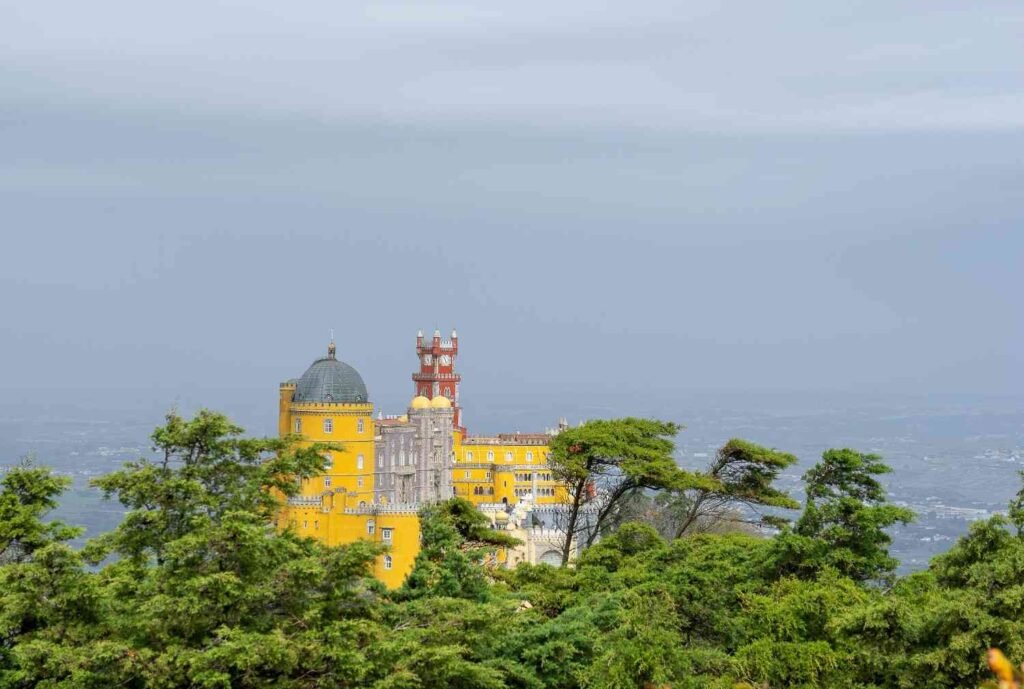
Must-See Attractions:
Pena National Palace: multicoloured palace with stunning panoramic views of the surrounding area built atop a hill. Its unique architectural styles and fanciful appearance have earned it recognition as a UNESCO World Heritage Site.
Quinta da Regaleira is a romantic property with problematic gardens, caves, and a mysterious initiation. The belongings are entirely of hidden symbolism and architectural facts.
Castle of the Moors: A medieval fortress with breathtaking views of Sintra and its encompassing
geographical location. It’s a famous hiking holiday spot and gives a notion into the place’s statistics.
Monserrate Palace: A romantic palace inspired by the use of way of way of Moorish and Indian styles. The palace is surrounded by lovely gardens full of fantastic flora and waterfalls.
Things to Do:
Explore the historical centre: Wander through the narrow, winding streets of Sintra’s historical middle, blanketed with colourful houses and captivating shops.
Visit the National Palace of Sintra, a royal palace that mixes Manueline and Gothic architectural styles. It’s regarded for its cute courtyards and ornate interiors.
Enjoy the herbal splendour: hike via the Sintra Mountains, find out about the highly-priced forests or lighten up inside the tranquil gardens of several palaces and estates.
Sample community cuisine: Indulge in conventional Portuguese cuisine, considered one of Sintra’s many consuming locations, imparting glowing seafood, pastries, and community wines.
Best Time to Visit:
Spring (April- May) and autumn (September- October): These seasons provide tremendous weather, fewer crowds, and a beautiful environment.
Summer (June-August): While it’s by far the busiest time to visit, Sintra’s natural splendour and fascinating environment are well worth experiencing.
Sintra is a mystical tour spot that captures the essence of the Portuguese’s romantic charm. With its cute palaces, fascinating gardens, and breathtaking views, it is no wonder that it’s miles considered one of the most adorable places in the world.
Explore Porto and Beyond
This heading captures the essence of Northern Portugal, emphasising its rural attraction, historical records, and growing present-day impacts.
Here are some key elements you may embody in a segment in the Northern Region of Portuguese:
Minho Region: Known for its lush landscapes, traditional festivals, and delicious delicacies, particularly Vinho Verde (green wine).
Douro Valley: The birthplace of Port wine, supplying lovely terraced vineyards, historic wineries, and picturesque villages.
Trás-os-Montes: A mountainous region with fascinating villages, historic castles, and a wealthy cultural historical past.
Viana do Castelo: A coastal metropolis with lovable seashores, a historic middle, and the iconic Santa Luzia Sanctuary.
Braga: A colourful city with a historical middle, numerous church buildings, and an active environment.
By incorporating those elements, you may offer a whole examination of Portuguese that includes each southern and northern region, providing readers with an extra photograph of the USA, several points of interest, and a cultural historical past.
Roman Influence on Portuguese Culture
The Roman Empire left an extended-lasting effect on Portuguese, primarily through its shape, language, and cultural structures. However, Roman-constructed roads, bridges, and towns that incorporate Conímbriga stand these days, showcasing the advanced engineering of the time. Latin, the language of the Romans, and places of work paint the idea of present-day Portuguese, making it a splendid linguistic statistic. Furthermore, Roman law and governance structures precipitated the Portuguese’s criminal and administrative systems for many years.
Discovering the Rich Cultural Heritage of Moorish Portugal
The Moors, who dominated significant additives of Portuguese from the eighth to the 12th centuries, left a profound cultural imprint. Moorish has an impact seen explicitly in Azulejos (intricately patterned tiles), the Alcáçovas (Moorish-style palaces), and agricultural practices. Portuguese delicacies also suggest Moorish roots, especially in dishes that use spices like saffron and cumin and substances that include almonds and citrus.
Gorgeous beauty of Proto
Nestled in some unspecified time in the future of the Douro River from the colourful city of Porto, Vila Nova de Gaia is a charming vacation spot renowned for its rich winemaking facts and adorable panoramic perspectives. The town’s cobbled streets, historic houses, and lovely environment create an exact combination of vintage-worldwide appeal and present-day attraction.
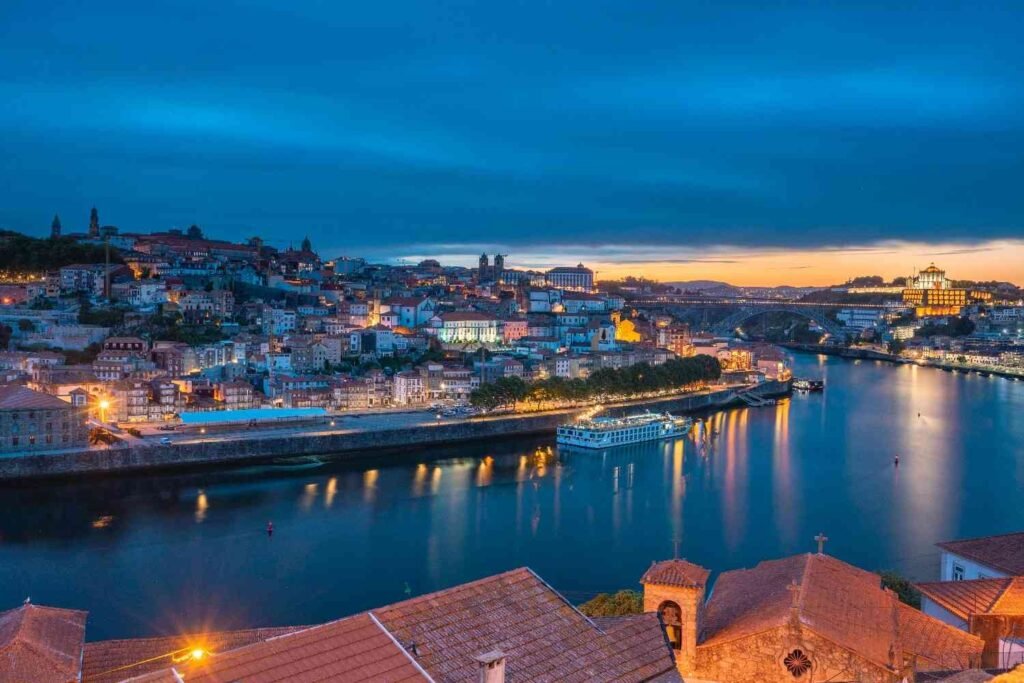
A Legacy of Port Wine
At the coronary heart of Vila Nova de Gaia lies its worldwide well-known wine cellars, in which centuries-antique traditions of Port wine production are preserved to thrive. Visitors can embark on guided tours, discover the complicated approach of winemaking, and take pride in tastings of top-notch Port kinds. The cellars, often housed in excellent historic houses, offer a glimpse into the region’s rich cultural and historic past.
Historic Center and Scenic Views
Beyond its wine cellars, Vila Nova de Gaia boasts a picturesque historic centre with charming squares, old-style stores, and conventional eating places. The Gaia Cathedral, a lovable instance of Romanesque and Baroque shapes, is a testimony to the metropolis’s spiritual information. Head to the Serra do Pilar Monastery for breathtaking vistas, perched atop a hill overlooking the Douro River and Porto.
An Unforgettable Experience
Whether you’re a wine enthusiast, an information buff, or seeking out a charming tour spot, Vila Nova de Gaia gives unforgettable enjoyment. With its fascinating mixture of the manner of existence and modernity, adorable surroundings, and delicious cuisine, this Portuguese gem is upbeat to have a prolonged-lasting impact.
Castle of Marine
The Age of Discoveries saw the Portuguese’s maritime discovery. Their discoveries brought it fame in the fifteenth and sixteenth centuries. Adventurers like Prince Henry and Vasco da Gama searched for undiscovered lands and trade routes in Africa, Asia, and the Americas. By connecting remote parts of the region, this period increased Portuguese riches and influence and cleared the path for globalisation.
A Neighborhood Rich in Past Events
One of Lisbon‘s most attractive communities, Alfama is a labyrinth of tiny lanes. They wind and twist. They offer a view into the wealthy areas of the city beyond. This historical district is characterised by the helpful aid of its whitewashed homes, colourful fado track, and beautiful views of the Tagus River.

Fado: Portuguese Soulful Music
Fado, the coronary heart and soul of the Portuguese song, shows America’s facts of longing, loss, and desire. Originating inside the capital of Portuguese neighbourhoods, this melancholic style speaks of the saudade (a deep emotional kingdom of nostalgia). Legendary singers like Amália Rodrigues helped popularise fado internationally, and nowadays, it remains a profoundly emotional and massive part of Portuguese cultural identity.
Portuguese Cuisine: A Fusion of Flavors
Portuguese delicacies are a rich mixture of Mediterranean, African, and Asian impacts, a testament to its colonial information and maritime explorations. Signature dishes like Bacalhau (salted cod), Piri-Piri chook, and numerous seafood dishes mirror the USA’s love for sparkling materials. The use of spices, which includes cinnamon, black pepper, and paprika, highlights the culinary influences of former exchange routes with India and Africa.
Portuguese Sunny Escape: The Algarve Coast.
The famous beaches, cliffs, and quaint towns of the southern Portuguese Algarve region. These include Lagos and Albufeira. The Algarve is a great tourist destination. It has historic buildings, water sports, and beautiful nature reserves. Its sunny weather and laid-back vibe make it an ideal getaway destination.
The Garden Island of the Atlantic
Known because of the fact the Garden Island, Madeira is an archipelago celebrated for its lush greenery, volcanic landscapes, and colourful botanical gardens. The island’s subtropical climate makes it pleasant for cultivating specific plants, and its Levadas (irrigation channels) offer scenic trekking routes through forests and waterfalls.
The Portuguese Volcanic Archipelago
The Atlantic has rugged, swift-moving volcanic islands with striking craters, lakes, and geothermal spring scenery. The islands are a haven for thrill-seekers and nature lovers. They offer whale watching, trekking, and exploring volcanic caves. The Azores are also a frontrunner in sustainable tourism, focusing on inexperienced excursions.
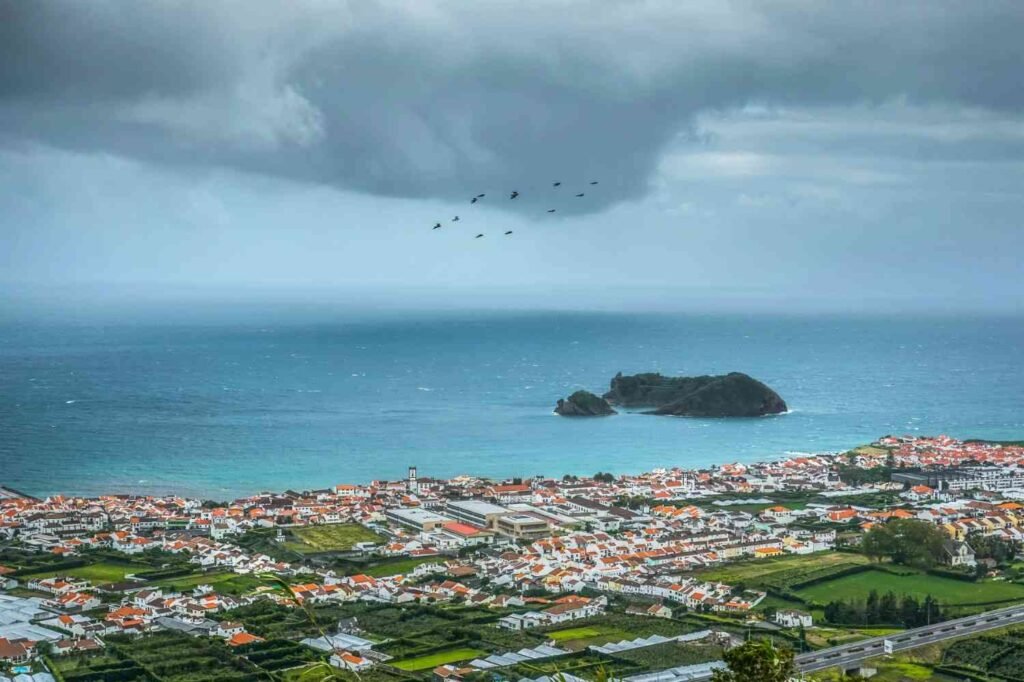
Douro Valley: Portuguese Wine Country
The Douro Valley, a UNESCO World Heritage online website, is Port wine’s birthplace. Its terraced vineyards, sculpted over centuries, stretch alongside the Douro River, producing several of the place’s most outstanding wines. The valley is a scenic marvel, combining herbal beauty with a rich winemaking tradition that has commonplace the area’s manner of existence and economical device.
A Modern Metropolis with a Historic Heart
Portuguese capital masterfully balances its historical roots with a colourful, contemporary-day vibe. The town’s ancient neighbourhoods, like Alfama and Bairro Alto, are assessed by their contemporary-day artwork scene, contemporary-day ingesting locations, and bustling nightlife. Lisbon has become a hub for tech startups, including a present-day element to its rich cultural and historical past.
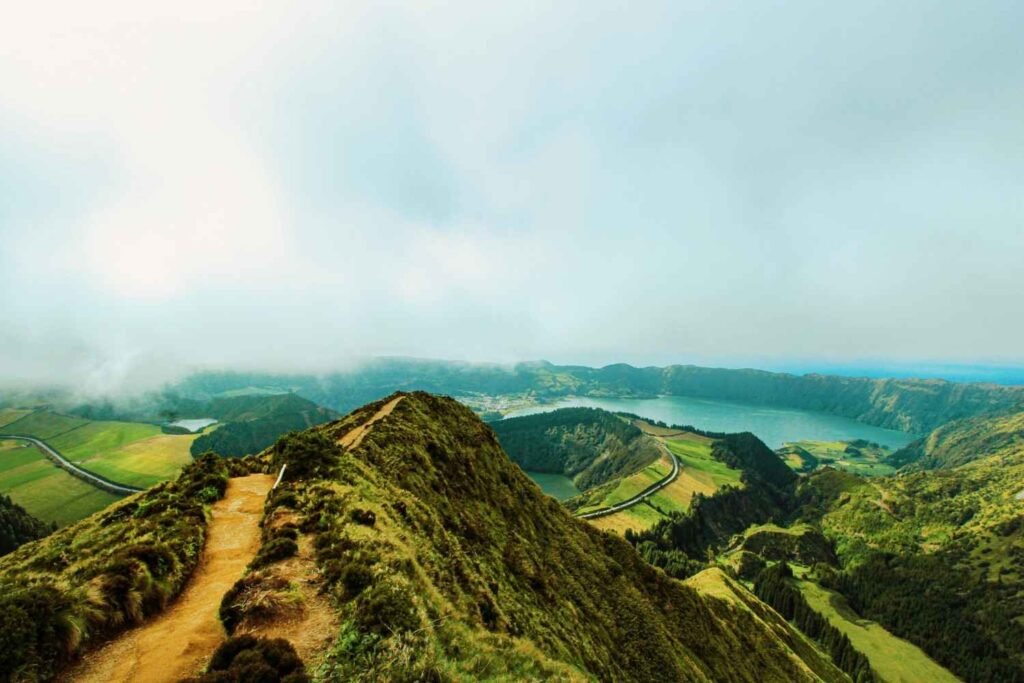
The Portuguese Riviera: A Coastal Paradise
The Portuguese Riviera is a coastal paradise. It runs from the capital to Cascais and Estoril. It has golden beaches, upscale hotels, and quaint towns. The Riviera offers a blend of beauty, relaxation, and a way of life, making it a popular resort for the wealthy.
Portuguese Festivals and Traditions
Portuguese festivals are a colourful birthday celebration of the USA.’s colourful traditions. Events like Festa de São João in Porto or Carnival in Madeira are steeped in statistics and network spirit. This gala’s combination of tune, dance, and food with ancient customs reflects the US’s rich cultural variety and zest for existence.
Madeira’s Vibrant Capital
The capital town of Madeira is a captivating vacation spot for its adorable natural beauty, wealthy information, and colourful environment. Nestled on the island’s southern coast, Funchal gives a fulfilling aggregate of conventional appeal and modern-day centres.
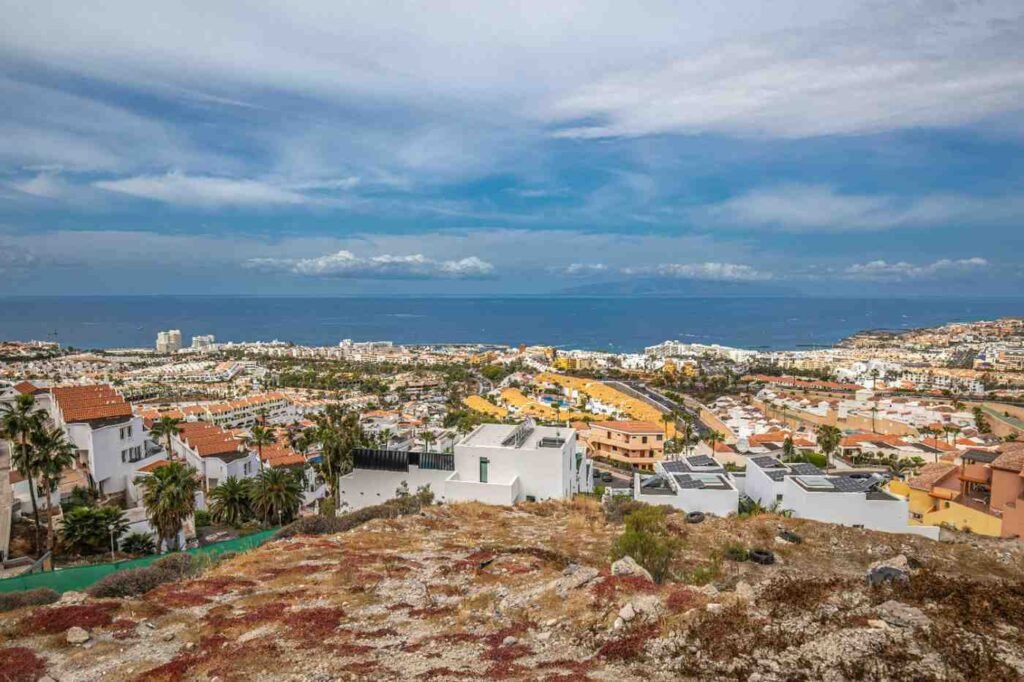
The city is surrounded by lush mountains, cascading waterfalls, and picturesque levada trails, making it a paradise for nature enthusiasts. Visitors can find out the botanical gardens, hike through the Laurissilva wooded area, or take a cable vehicle adventure to the Pico do Arieiro, one of the highest peaks on the island.
Sustainable Tourism in Portuguese: Preserving Nature and Heritage
Portuguese have embraced sustainable tourism practices that specialise in inexperienced excursions, renewable electricity, and the defence of their natural landscapes. The Azores and Madeira are top examples of Portuguese strategies promoting accountable tourism. Through responsibilities aimed toward lowering the environmental effect of tourism, the US is jogging to maintain its cultural and natural ancient past for future generations.
Conclusion
Portugal is an intriguing place that blends modern energy with historical beauty—tucked away on the peninsula of Iberia. The nation has many cultural activities. They range from its modern cities to its old Roman ruins.
FAQs
1. Which season is suitable for journeying to Portugal?
April through May and September through October are typically considered the finest time to travel to Portugal because of the pleasant weather and decreased vacationer numbers.
2. Which Portuguese points of interest do you have to see?
Lisbon is the kingdom’s capital, known for its famous landmarks, active nightlife, and historic neighbourhoods.
Porto is famed for its active environment, lovely structure, and port wine manufacturing.
Sintra: A fanciful metropolis proposing lush gardens, fascinating homes, and stunning vistas.
3. What form of food is Portuguese?
Portuguese cuisine emphasises grilled meats, fresh seafood, and robust spices. It is a fusion of Mediterranean, Asian, and African flavours.
4. How can one speak Portuguese?
Like Spanish, Portuguese is a language of the Romance’s own family. Its pronunciation and vocabulary are distinct.
5. Is travelling to Portugal secure?
Portugal typically appears as a secure journey destination. Still, it’s clever to consider your environment and proceed cautiously wherever feasible.

